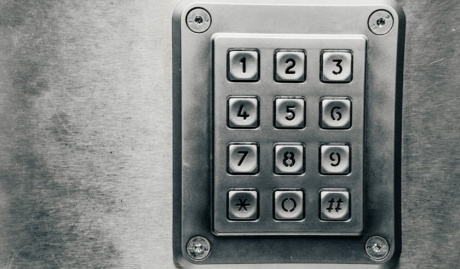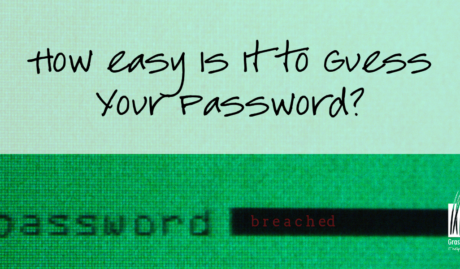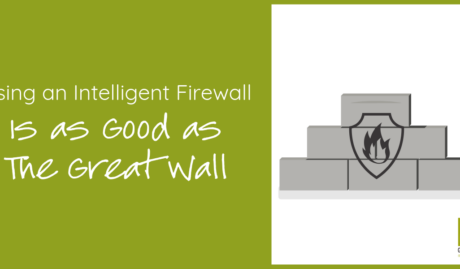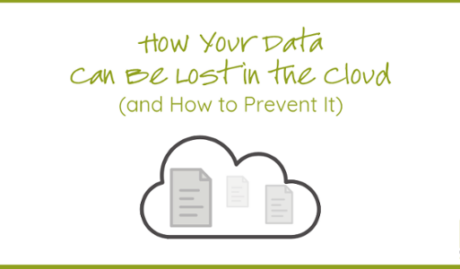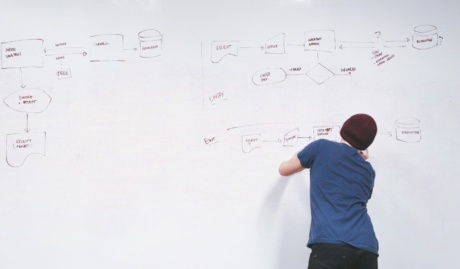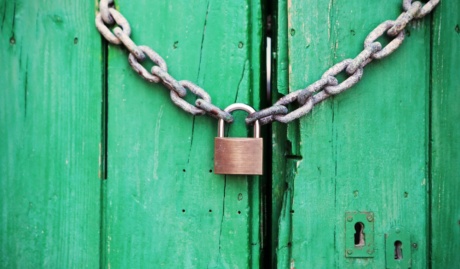Explore Common Cybersecurity Myths and Misconceptions
In the digital age, cybersecurity has become a critical concern for businesses of all sizes. However, there are numerous misconceptions surrounding this complex field that can lead to complacency and, ultimately, vulnerability. In this post, we debunk ten of the most common cybersecurity myths that could be putting your business at risk.
Myth 1: My business is too small/boring to be attractive to hackers
Every business, regardless of its size or industry, is a potential target for cybercriminals. Small businesses often fall into the trap of believing they’re too insignificant to attract attention. However, hackers often target smaller businesses precisely because they tend to have weaker security measures in place. With many cyber-attacks launched at scale (eg: phishing emails) the incremental cost to hackers of targeting your small, boring business is negligible, yet the potential pay-off can still be significant.
Myth 2: My data is safe in the cloud
While cloud storage providers implement robust security measures, it doesn’t mean your data is invincible. Cybercriminals have been known to breach cloud security, and human errors can also lead to data exposure. It’s crucial to understand the shared responsibility model of cloud security and ensure you’re doing your part to protect your data. The cloud providers provide the platform, and the means to secure your data, but ultimately the responsibility for doing so is yours.
Read more: 5 Critical Questions to Ask About Your Microsoft 365 Security
Myth 3: My data is safe on my own server
Storing data on your own server doesn’t automatically make it safe. Without proper security measures in place, your server can be just as vulnerable as any cloud service. Regular updates, patches, and strong access controls are essential to protect your data (many of which are automatically done for you in the cloud).
Myth 4: Cybersecurity is my MSPs responsibility
While your IT department or MSP plays a crucial role in implementing and maintaining security measures, cybersecurity is everyone’s responsibility from the bottom of the org chart all the way to the board. A commitment to cybersecurity must be lead from the top, with company directors and CEOs holding particular responsibilities for protecting the organization’s digital assets.
Read more: 5 questions board members need to ask about cybersecurity
Myth 5: My team works from home, so security is their responsibility
Remote work has blurred the lines of responsibility for cybersecurity. However, as an employer, it’s your duty to provide secure systems and training to your employees. This includes secure communication tools like Microsoft Teams, and guidelines on safe online practices.
Myth 6: Cybersecurity is too expensive
With the average cost of a data breach in Australia reaching $4.4 million, the cost of a data breach can far outweigh the investment in cybersecurity. While implementing robust security measures may require an upfront investment, this can be far less costly than the potential financial and reputational damage caused by a breach.
Myth 7: I’ll know if my systems have been hacked
Many breaches go undetected for months, or even years. Cybercriminals often aim to infiltrate systems without detection, stealing data or causing damage over time. Regular system audits and monitoring are essential to detect and respond to breaches promptly.
Learn more: 24×7 peace of mind with managed detection & response
Myth 8: My staff are too smart to get hacked
Even the smartest individuals can fall victim to sophisticated cyberattacks. Phishing attacks, in particular, have become increasingly convincing and can easily trick unsuspecting users. Regular training and cybersecurity awareness are crucial to equip your staff with the knowledge to identify and avoid such threats.
Read more: Building a culture of cybersecurity awareness in your business
Myth 9: Strong passwords are enough
While strong passwords are a fundamental part of cybersecurity, they’re not a panacea. Multi-factor authentication (MFA), secure network connections, and regular software updates are just as important in protecting your systems.
Myth 10: We only need to protect against external hackers
Insider threats, whether malicious or accidental, are a significant risk. Employees can inadvertently cause a breach by clicking on a malicious link or misconfiguring a database. Regular training, strict access controls, and monitoring can help mitigate this risk.
Dispel Cybersecurity Myths To Protect Your Business!
Cybersecurity is a complex field that requires a proactive and informed approach. In the realm of cybersecurity, complacency can be your biggest enemy. Grassroots IT are cybersecurity experts, ready to help secure your business against cyber criminals. To see how we can help, speak with us today.







